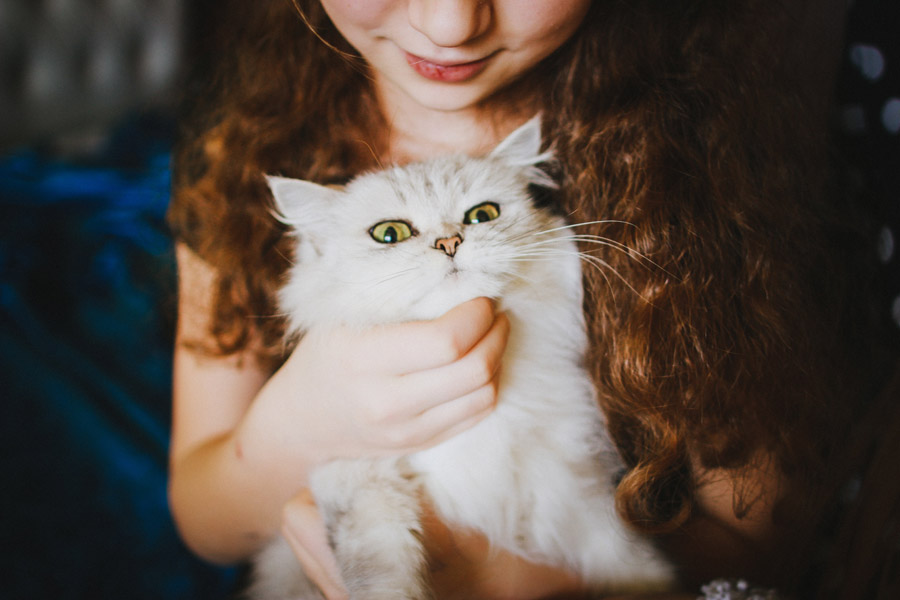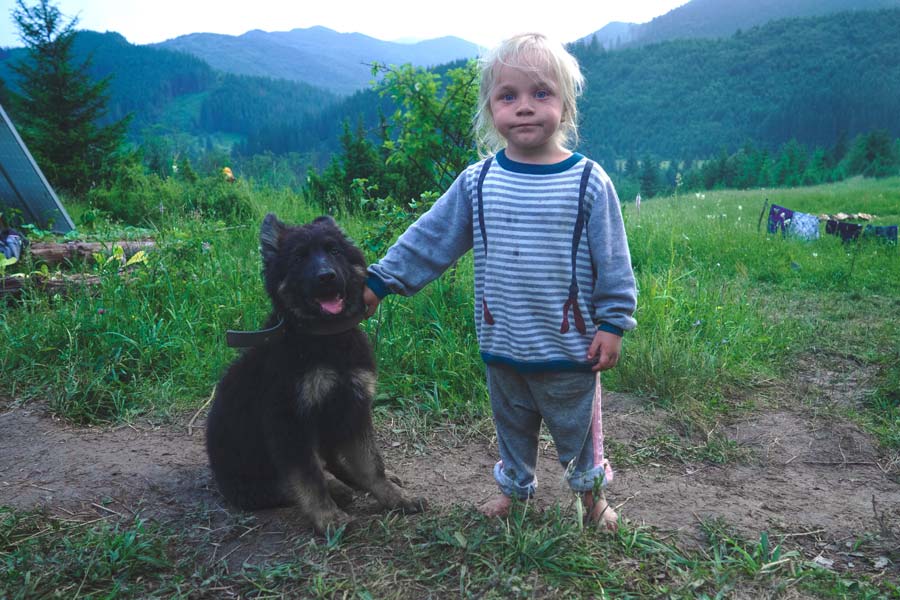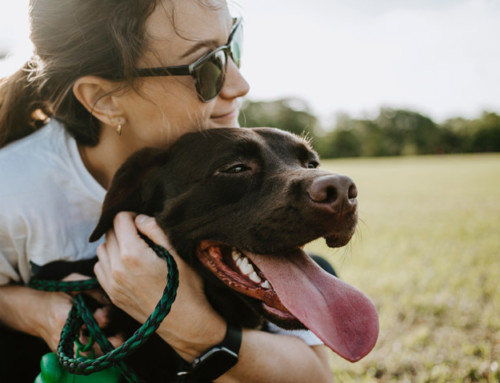The loss of a family pet might be the first experience your child has of losing a loved one. As such, it’s important to recognise the unique ways our kids view pets and react to their death.
Of course, for a child, the loss of a pet is quite likely to be the worst day of their lives. Even as adults, we no doubt feel tremendous grief as a result of losing our beloved fur pal.
So, it’s essential to understand the way kids respond to the loss of a family pet in order to help them through the grieving process. Talking to the New York Times, Joshua Russell—assistant professor of environmental science from Canisius College in New York—explains that many children view their pet as their best friend or sibling, which means they have an extremely strong connection with them.
Dr Russell’s small-scale study of children aged 6-12 years who had lost a pet shows that even many years after the pet’s death, some children still recall the loss as “the worst day of their lives”.
This highlights the importance of taking an active approach and setting aside time to talk to children about the loss of a family pet.
Understanding children’s grief
To help a child cope with the loss of a family pet it can be useful to understand children’s experience of grief. After all, some children display grief in unusual ways. What’s more, kids can experience grief differently at various ages. The following guide from the Trauma & Grief Network may be useful.
Infants, toddlers & pre-schoolers
Infants and very young children are highly sensitive to the emotions of others around them. They may become distressed and unsettled when a parent, carer or sibling is distressed.
Toddlers and preschoolers often do not understand the permanency of death and may believe their pet will return.
Young children may repeatedly ask the same questions about where their pet is, what happened to them and when they are coming back.
Primary school children
By the age of around 8 years, children are beginning to have a sense that death is permanent. When a pet dies this can cause them to feel anxious that they or others around them may die.
At this age, children may be able to talk about death without realising the grief and sadness that is associated with it.
However, they may also find themselves feeling fearful, and as though the world is not a safe place.
Children at this age may also have ‘magical thinking’ and may believe that their own thoughts have somehow led to something bad happening to their loved ones.
Adolescents
Pets can be very significant at this time, especially when there are changing peer relationships or difficulties at school.
Adolescents may find that it is difficult to express their grief when a pet dies, as they may feel embarrassed.
Helping children cope with the loss of a pet
It’s important to talk honestly and openly about the death of a pet. Even if you don’t fully understand the way your child is feeling or the emotions they’re displaying, it’s essential to listen and not judge.
Be honest. Kids are smarter than we give them credit for! Don’t replace a dead pet with a brand new one (even if they look similar) and expect them not to notice.
Buy them a book. No, not just any book—but a book about grief. There are numerous great books available that are designed to help kids work through their emotions when dealing with the loss of a pet. Here are a few books to consider for younger kids.
- The Goodbye Book, by Todd Parr
- I’ll Always Love You, by Hans Wilhelm
- Goodbye Mog, by Judith Kerr
- Dog Heaven and also Cat Heaven, both books by Cynthia Rylant
- The Rainbow Bridge, by Adrian Raeside
Be caring and compassionate and let your child know that it’s okay for them to feel the way they do—be it sad, angry, frustrated or confused. Reassure them that these ‘unusual’ feelings will pass and that it’s alright to carry on with normal routines.
It’s important to remember
Acknowledging and remembering the loss of a family pet can be comforting for children. It highlights the important place the pet had within the family and just how much they were loved.
By going through the process of the funeral, children learn to understand the meaning of life and death and how, by honouring the one who has died by giving them an appropriate end of life ceremony, we express our love.
Children can take part in the ceremony by putting messages of love and gratitude into the burial box. They can decorate the box and help plant a tree or create a grave marker.
A memorial, such as a seat in the garden with a plaque, a tree planted in honor of the pet or a photo of the pet in a special place in the house, is another great way to show love for a pet that has passed.
How have you dealt with the loss of a family pet?
Related posts:








Leave A Comment